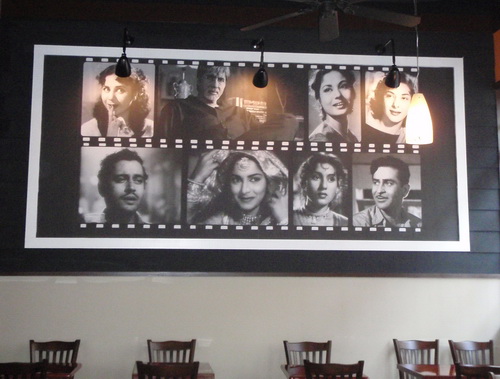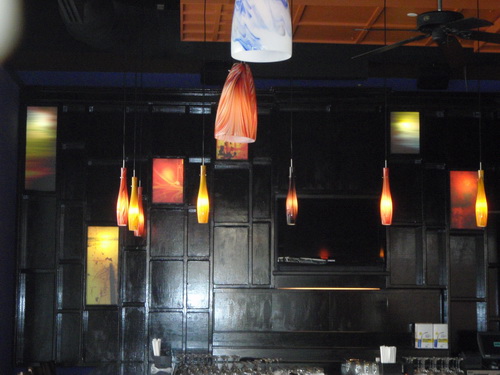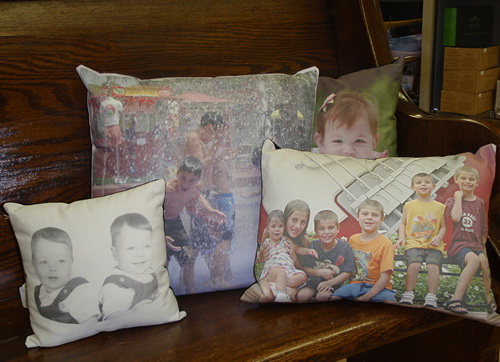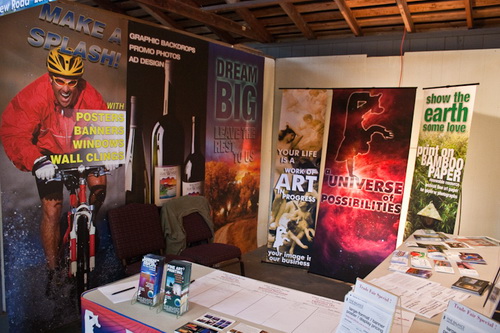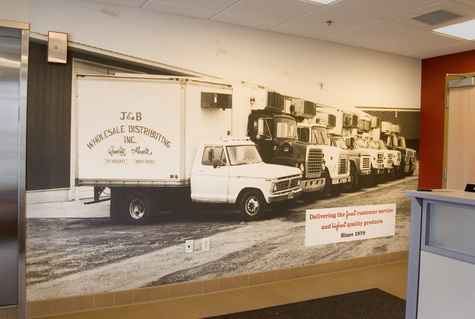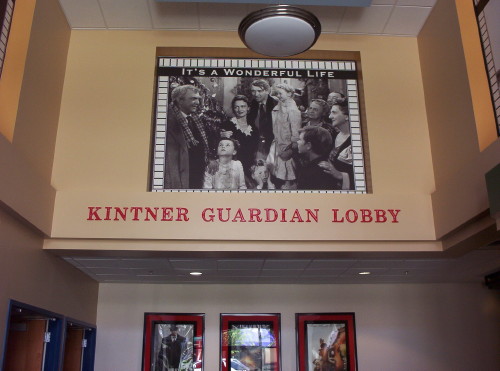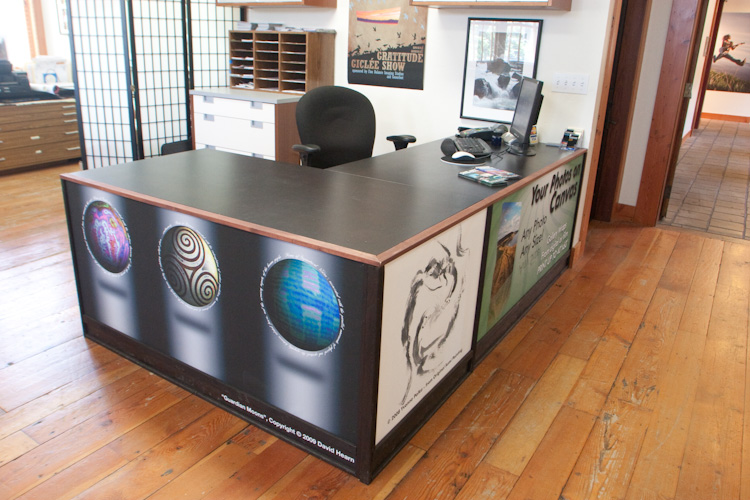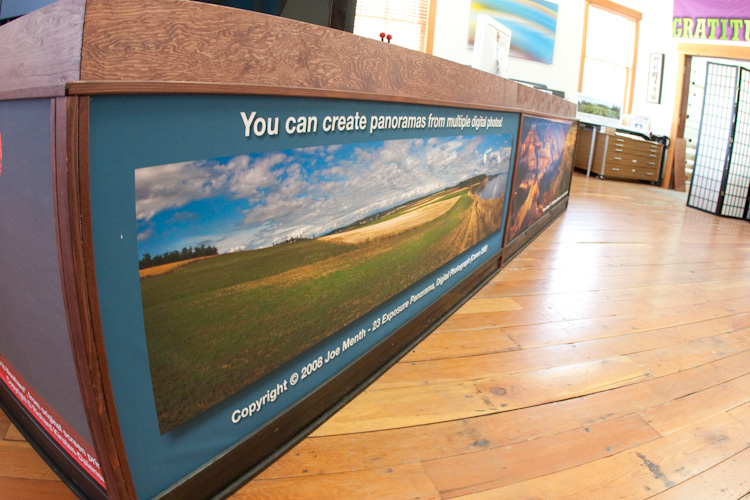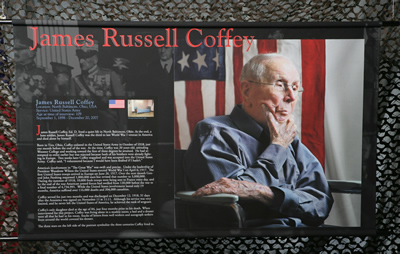Many photographers know that visitors to popular scenic and outdoor recreation areas like to browse through area galleries and gift shops to buy framed or matted prints, notecards, or calendars to remind them of their trip. But enterprising professional photographers such as Robert Rodriguez Jr. of Beacon, NY are discovering that owners of local businesses like buying photographs of the natural surroundings too.
Rodriguez, who specializes in landscape images of the scenic Hudson River Valley, has started producing large canvas prints and photo murals that can help patrons of local businesses see the natural wonders of the area in a whole new way. “Being able to show people how it feels to stand on top of a scenic overlook at sunrise, and feel the emotion I get when beautiful light enters the Valley is so much more convincing in a large, almost life-sized, print,” says Rodriguez.
For example, Robert Rodriguez, Jr. recently created this 54 x 128 in. photo mural for the Bank SQ Coffee Shop in Beacon, NY. The mural is an enlargement of a panoramic photo he shot of Storm King Mountain, the dominant landmark of the region on the banks of the Hudson River. The mountain is located about five miles from the coffee shop.

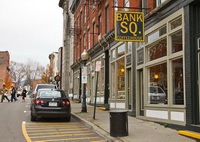 According to Rodriguez, “The response to the mural has been phenomenal. Locals recognize the scene immediately and it makes them feel more connected with the region, and proud of its natural beauty.”
According to Rodriguez, “The response to the mural has been phenomenal. Locals recognize the scene immediately and it makes them feel more connected with the region, and proud of its natural beauty.”
Rodriguez used the 44-in. Canon ImagePROGRAF iPF8100 printer in his studio to output the mural in three sections on Photo Tex PSA fabric from LexJet. Photo Tex PSA is an inkjet-printable fabric with a repositionable, pressure-sensitive adhesive (PSA). In addition to reproducing a surprisingly high level of image quality, the wrinkle-resistant, adhesive-backed fabric panels are relatively easy to install on flat, non-porous surfaces. No specialized training is required. If you make a mistake when aligning the printed panels, simply remove and reposition it until you get it right. When it’s time to remove the mural, the adhesive removes cleanly without gummy residue.
After installing the mural, Rodriguez added a 3 x 4 in. plaque with his name and website and notes about how and when the image was captured.
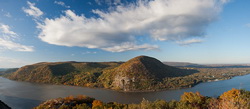
“This is one of my favorite locations to photograph in the Hudson Valley, and I never get tired of finding different angles, lighting and weather conditions, and times of the year to find new and exciting interpretations.” he explains. “Storm King Mountain is also historically significant in the environmental movement and where Scenic Hudson got its start to becoming a major force in the Valley for conservation. I’ve donated this and many other images for their use in this cause. I wouldn’t have the opportunity to enjoy this resource if it weren’t for the work that Scenic Hudson has done in my ‘backyard’.”
You can read more about Robert Rodriguez, Jr. in Vol. 4, No. 11 of LexJet’s In Focus newsletter. Or, check the images on his website and read his excellent blog, entitled Beyond the Lens.

